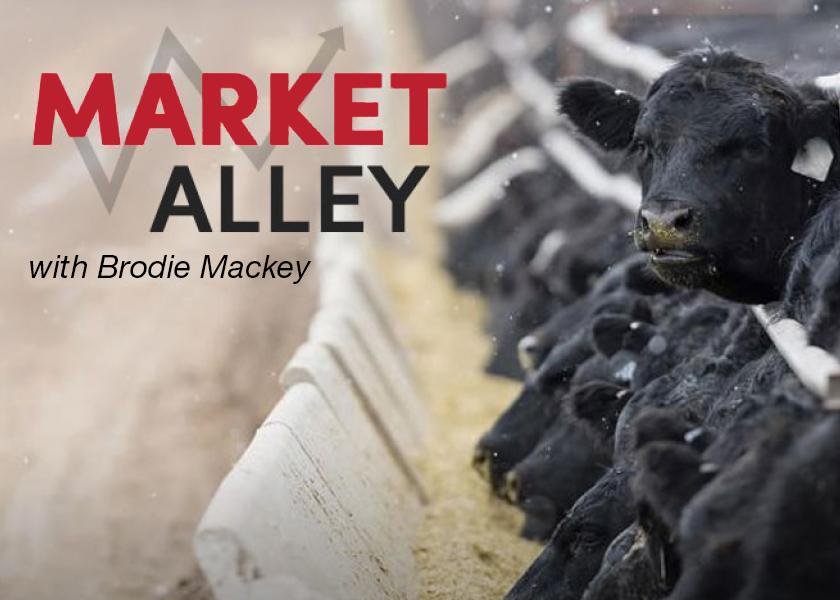Mackey: Packer Head Fakes Prove Profitable

Packers added some early week head fakes to their arsenal to keep the market on its heels. When one-dollar lower bids were passed Monday/Tuesday—packers backed bids up even further. Feeders eager to move cattle, with heat in the forecast and the appearance of limited needs from the shorter kills, sacrificed some ground for a schedule. The North moved first. Early business was done at $294 per cwt. dressed and $188 per cwt live. Once the trade was established, packers looked to build on their margin and backed bids up further where some late business was done at $186 cwt live.
The South saw activity at $179 per cwt live. Once again, packers would start the market and look to build on their margin backing offers up. For the week the negotiated number is 107,000 head. That’s 8,600 head smaller than the previous week.
Looking ahead, the cattle feeder will look to find some support and build off the late week positivity that entered the market. Harvest reported at 616,000 head was bigger than expected – 13,000 head bigger than the week prior, though still down from a year ago. One contributes this to the $13 increase to the cutout across the week. In addition, the Cattle on Feed Report out Friday will be viewed as slightly positive, once again confirming tightening supplies in the months to come.







